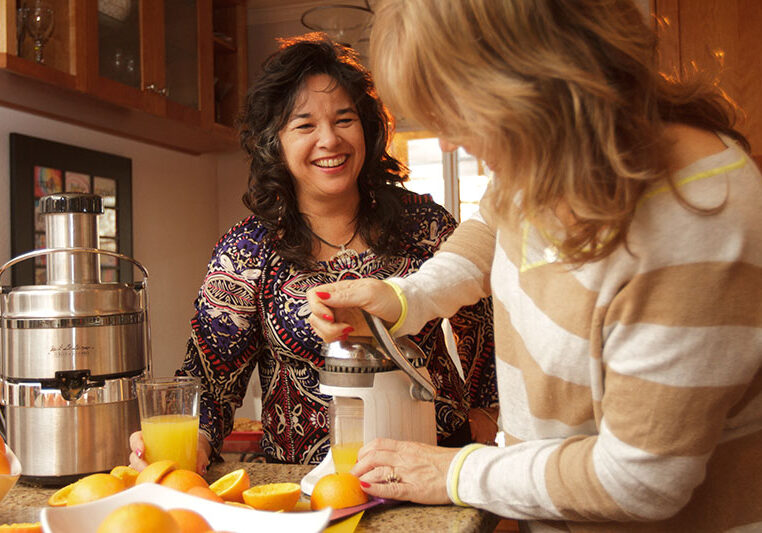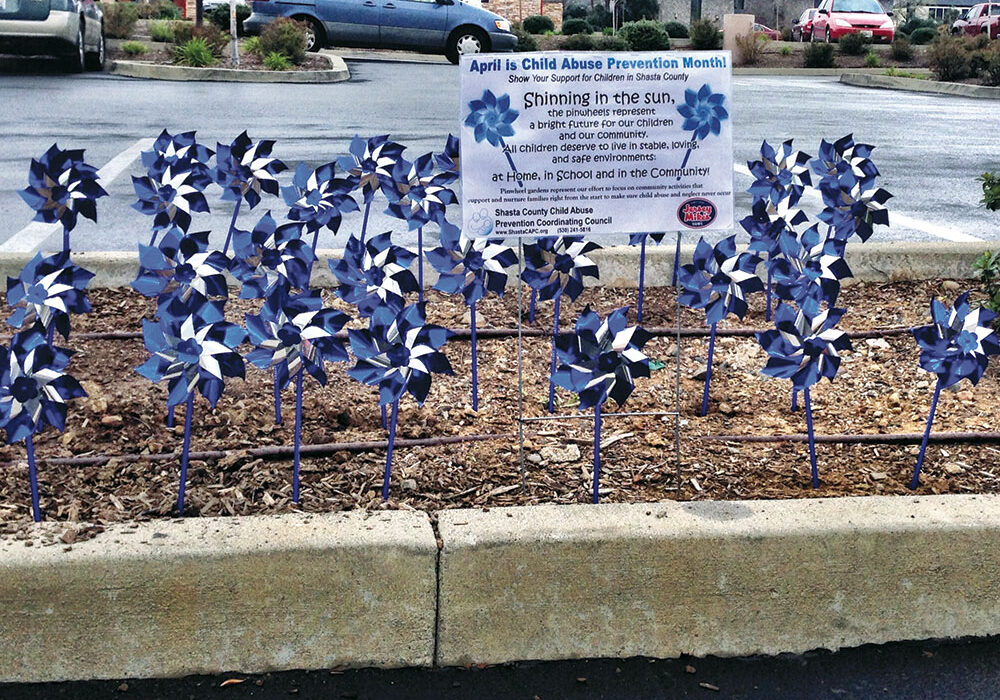Fruits and Veggies for Families Eating Their Best on a Budget
Sage advice, but isn’t it expensive?
-
Eat fresh.
-
Eat organic.
-
Eat a variety of fruits and vegetables every day.
The good news is there are many economical ways to make fruits and vegetables part of your family’s routine.
In-season fruits and vegetables at their peak harvest time have the best flavor. They are usually less expensive than off-season items transported from afar. But what about when a favorite fruit or vegetable is not in season? You have options to find and afford the best items for your family. Canned, frozen and dried fruits and vegetables are budget-friendly and help families get plenty of fruits and veggies throughout the day.
Buying produce in its simplest form will help you stick to your food budget. Pre-cut, pre-washed, and ready to eat convenience items cost much more than items purchased in their basic forms.
Gobble Em’ Up
Studies show that most families don’t consume the recommended serving of five fruits and vegetables each day. Red, juicy tomatoes, potassium-rich bananas, the smooth purple pop of blueberries, and the snap of green beans are especially important for growing children who need the high level of nutrients found in fruits and veggies. Fruits and vegetables contain the vitamins and minerals kids need for strong and healthy bodies. These nutrients fuel the brain to perform well in school. Unfortunately, in California, only a third of children under the age of 11 and a quarter of children ages 12-17 eat the recommended five or more fruits and vegetables a day.
Eating fruits and veggies every day helps children and teenagers grow, develop, and experience optimal health. Eating well plays a critical role in the health of all family members and has been shown to reduce the risk of many chronic diseases. You can eat your best and keep your family’s budget balanced.
Key things to keep in mind while shopping:
Canned
Choose fruit canned in 100% fruit juice and vegetables with low sodium or no added salt.
Frozen
Plain varieties are the best option when shopping for frozen fruits and vegetables. Limit frozen fruit with added sugar or syrup and limit frozen vegetables with added sauce or dressing.
Dried
Pick plain dried fruit, keeping in mind that serving sizes are smaller.
Sustainability is Key
Most consumers are interested in how produce is grown. Today, families care about sustainable agricultural practices, and choosing organic and locally grown produce is often a priority. Here are some ways to include organic and locally grown items in your family meals, using canned or frozen as a backup.
- Grocery stores are starting to highlight more locally grown produce and often have a variety of organic options.
- Discount bulk grocery stores are a great way to find deals on produce in all forms, and most have a large selection of organic options.
- Your farmer’s markets and small regional farms are ideal for locally grown and naturally ripened produce. Talking to the farmers is an opportunity to learn about their farming practices and how they grow their food. Most are also happy to share ideas on how to select and prepare the produce.
- When there are specials on fruits and vegetables in any form, buy in bulk.
- Store your produce properly to reduce waste.
Whether you purchase organic or conventional produce, the focus is on your family enjoying a variety of fruits and vegetables and eating their best every day.
Need an easy recipe for a meal full of canned, frozen, or fresh veggies packed with vitamins, minerals, and fiber? Try this minestrone with a slice of whole-wheat bread. Add a berry banana split for dessert using fresh sliced strawberries or bananas, and vanilla yogurt sprinkled with low-fat granola.
Slow Cooker Minestrone Soup
• 6 cups organic vegetable broth
• 28-ounce can diced tomatoes
• 15-ounce can cannellini beans, drained and rinsed
• 15-ounce can kidney beans, drained and rinsed
• 2 cups frozen green beans
• 4 medium carrots, chopped
• 1 medium zucchini, chopped
• 1 stalk celery, chopped
• 1 medium onion, chopped
• 2 tablespoons dried Italian seasoning
• 1 bay leaf
• 4 garlic cloves, minced
• 1 teaspoon salt
• ¾ teaspoon pepper
• 1 cup cooked (or 2 ounces of dry) whole-grain elbow pasta
• 2 cups fresh baby spinach
• Optional garnish: 1¼ cups freshly grated Parmesan cheese
Combine ingredients, except pasta and baby spinach, in a slow cooker. Cover and cook on low for seven to eight hours. Stir in pasta and spinach. Increase heat to high. Cover and cook 15 minutes or until pasta is done. Remove bay leaf before serving. Sprinkle each serving with two tablespoons grated Parmesan cheese.
Posted in: Health & Nutrition
Comment Policy: All viewpoints are welcome, but comments should remain relevant. Personal attacks, profanity, and aggressive behavior are not allowed. No spam, advertising, or promoting of products/services. Please, only use your real name and limit the amount of links submitted in your comment.
You Might Also Like...

Self-Care: A Required Ingredient for Effective Parenting
Self-care … how can you find the time to take care of yourself when you often feel pressed for time to take care of your family as well as you’d […]

Lasting Benefits of Sports for Kids
Parents want their kids to have an active and healthy lifestyle, and many sign them up for sports hoping to help them develop healthy lifelong habits and a love for […]

Making the North State a Better Place for Children
Making the North State a Better Place for Children The first years of life play a crucial role in learning and development. Parents, grandparents, siblings and friends all contribute to […]

Ways To Banish the Winter Blues
The blues can take a parent down any time during the darker months of winter. If you are subject to the holiday blahs, a post-holiday crash, or gloomy moods all […]


